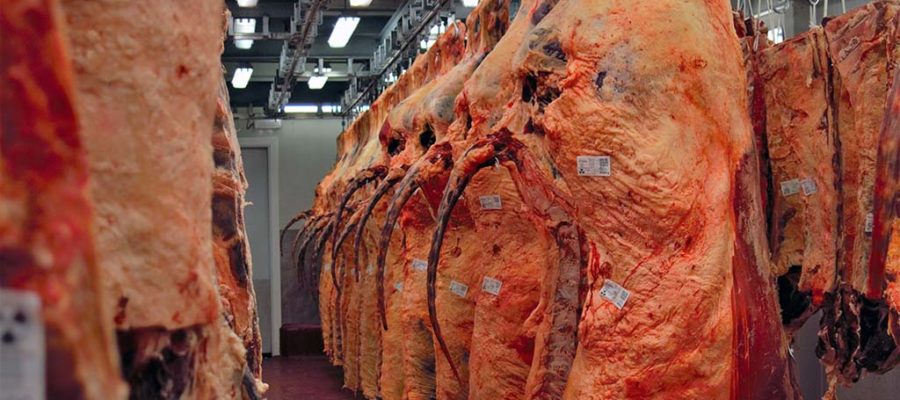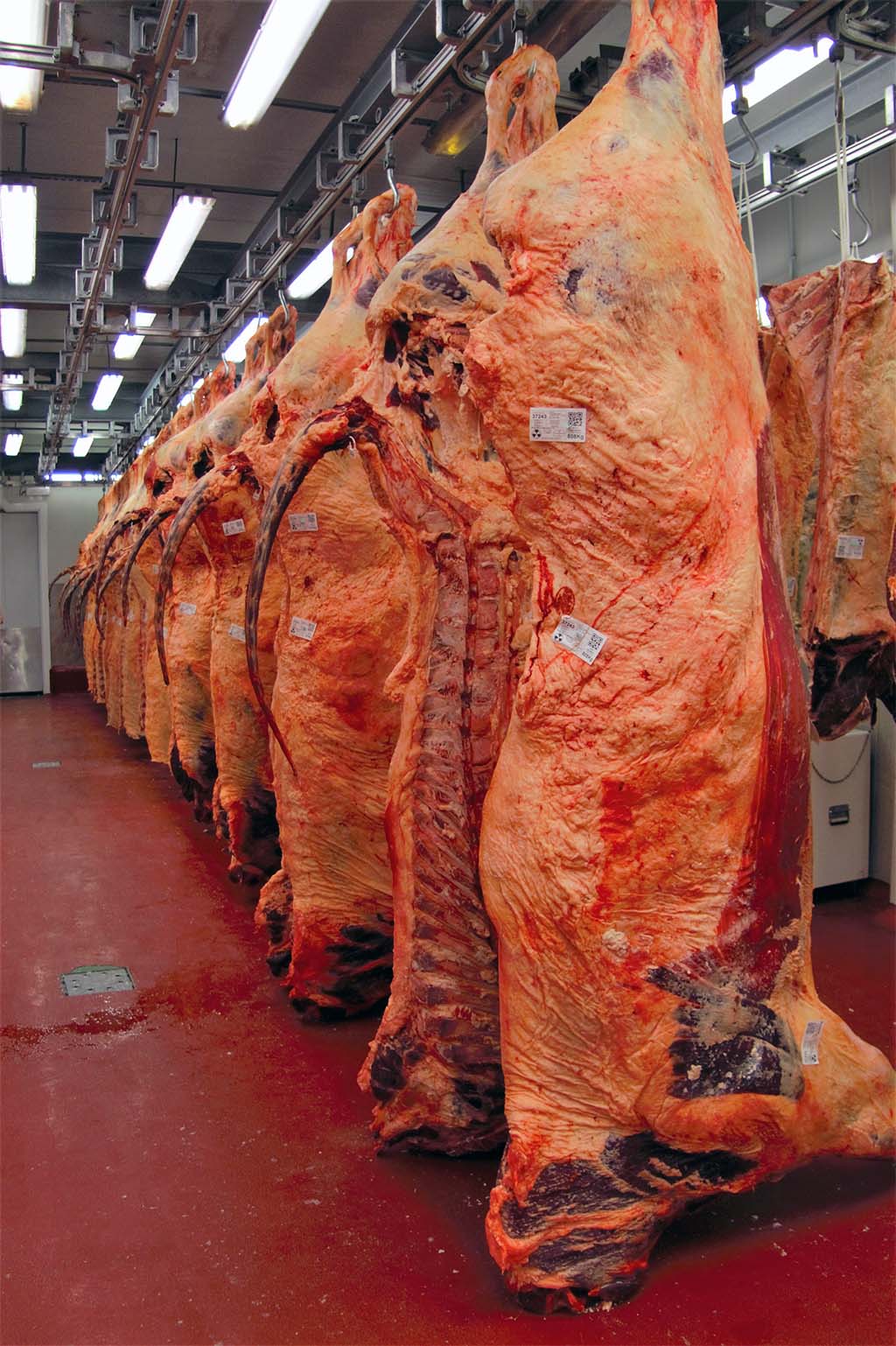
Ripening of old beef
Let’s start by trying to define the concept of “maturation” in Beef:
“resting process to which it is subjected to the meat for its progressive ageing, in environments of temperature and humidity controlled for a period of time”.
Since always one of the challenges of the meat industry has been to improve the tenderness of the Flesh. The many factors that can affect the quality of the product, both Ante-mortem and post-mortem, condition The final tenderness of the meat and, therefore, the level of satisfaction of the Consumer.
Maturation is an essential tool to obtain a tender and tasty beef.
The maturation of the old beef can be said to be the process of “decomposing” the meat for a space of time, usually 4 weeks after the slaughter of the animal, so that a series of bacteria and microorganisms act on it and break down the collagen, which is what makes the meat is firm and hard, achieving greater tenderness and intensity in its flavor.
Among the changes that occur in the meat during the maturation process we can cite: decreases the hardness, becomes more tender; It increases its aroma, smell and flavor; And another change that occurs is the ability to hold water, the meat becomes more juicy.

The ripening process of old cow meat
For trying to explain it in a simple way, after the death of the animal, remember that the flesh is formed, in large part, of muscle, the body starts to react in another way. The blood circulation in the muscles is interrupted and the energy reserves of the muscle fibers are exhausted, an aspect that causes them to harden and be more fibrous.
In these conditions, the consumption of meat is not appropriate, but must take two to three days to Soften. This maturation process, which can be lengthened according to the desired juiciness, is carried out in most cases with the channel hung at a cooling temperature that stops the formation and propagation of bacteria, while allowing the circulation of air and Etween the various parts placed in the same way.
How long can it take?
It is the ‘ million question ‘ because it is really difficult to establish a ‘ fixed ‘ time for each piece. When we talk about maturation, the minimum time required for each cut is determined by the progressive formations of an aroma and a flavor that, taken to the extreme, can become as unpleasant as those of Putrefaction.
This aroma and flavor come from the formation of volatile molecules. Enzymes found naturally in the flesh degrade muscle proteins, and slowly weaken the structure of the fibers, causing a softening of the Flesh.
An adequate maturation period allows to obtain the best possible tenderness for each species and piece. In the case of cattle, the time required to achieve an optimum degree of tenderness may vary significantly in relation to the cut or the commercial category.

1. Humid (vacuum) ripening or wet Aged Beef:
It is the simplest process: once the animal is slaughtered, it is cut into pieces of the same size, vacuum packed and left 7 to 14 days in a refrigerated chamber between 1.5 ° and 3 ° C. This is a much cheaper process because it does not require so much time and on the other hand the weight loss does not exceed 10%.
2. Dry ripening or dry Aged Beef:
This is the method we use in refrigerators Bandeira; Once the animal is slaughtered, it is stored in a refrigerated chamber at a temperature of 1.5 ° to 3 ° C and a humidity between 50% and 75%. They are uncovered between 10 and 30 days and during the process decomposes the collagen of the meat and evaporates part of the water contained in the muscle, this causes you to lose weight and volume while producing a concentration of flavor and generates a softer texture.





